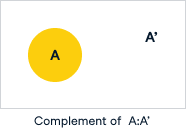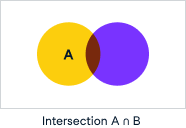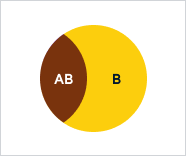Introduction to Probability Rules Cheat Sheet
Learn the basics of probability with our Introduction to Probability Rules Cheat Sheet. Quickly reference key concepts and formulas for finding probability, conditional probability, and more.
Jan 2023 · 1 min read
RelatedSee MoreSee More
cheat sheet
Excel Formulas Cheat Sheet
Learn the basics of Excel with our quick and easy cheat sheet. Have the basics of formulas, operators, math functions and more at your fingertips.
Richie Cotton
18 min
cheat sheet
Descriptive Statistics Cheat Sheet
In this descriptive statistics cheat sheet, you'll learn about the most common statistical techniques for descriptive analytics.
Richie Cotton
5 min
cheat sheet
Python for Data Science - A Cheat Sheet for Beginners
This handy one-page reference presents the Python basics that you need to do data science
Karlijn Willems
4 min
tutorial
Probability Distributions in Python Tutorial
In this tutorial, you'll learn about and how to code in Python the probability distributions commonly referenced in machine learning literature.
DataCamp Team
15 min
tutorial
Poker Probability and Statistics with Python
Tackle probability and statistics in Python: learn more about combinations and permutations, dependent and independent events, and expected value.
Daniel Poston
29 min
code-along
Priceless Probability Puzzles in Python
Use Python to tackle some logic and probability puzzles
Justin Saddlemyer





